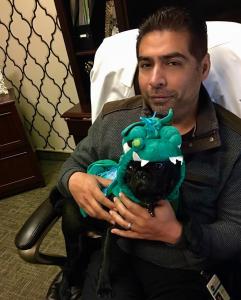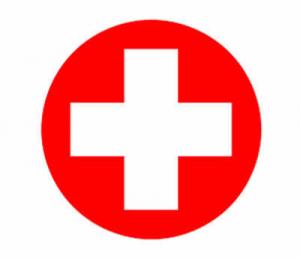Teen Depression and Parents By Dr Gautam Arora Neurologist
Teen depression can be tragic if left alone By Dr Gautam Arora Neurologist
Be alert for emotional changes, such as:
Feelings of sadness, which can include crying spells for no apparent reason
Frustration or feelings of anger, even over small matters
Feeling hopeless or empty
Irritable or annoyed mood
Loss of interest or pleasure in usual activities
Loss of interest in, or conflict with, family and friends
Low self-esteem
Trouble thinking, concentrating, making decisions and remembering things
Ongoing sense that life and the future are grim and bleak
Frequent thoughts of death, dying or suicide
Behavioral changes
Watch for changes in behavior, such as:
Tiredness and loss of energy
Insomnia or sleeping too much
Changes in appetite — decreased appetite and weight loss, or increased cravings for food and weight gain
Use of alcohol or drugs
Agitation or restlessness — for example, pacing, hand-wringing or an inability to sit still
Slowed thinking, speaking or body movements
Frequent complaints of unexplained body aches and headaches, which may include frequent visits to the school nurse
Making a suicide plan or a suicide attempt
What are the risk factors for teen depression?
Factors that may increase a teen’s risk for depression include:
a family crisis, such as death or divorce
having a difficult time with their sexual orientation, in the case of teens who are (lesbian, gay, bisexual, transgender, queer, intersex, asexual, and more)
having trouble adjusting socially
living in a violent household
having a chronic illness
Warning signs for teen suicide can include the following:
A sudden change in behavior
Lack of motivation
Social withdrawal/isolation
A change in eating patterns
Preoccupation with death or dying
Giving away valued personal possessions
Symptom or signs of depression
Increased moodiness
Also consider these options if you're having suicidal thoughts:
Call your mental health professional.
Call a suicide hotline. In the U.S., call the National Suicide Prevention Lifeline at 1-800-273-TALK (1-800-273-8255) or use its webchat on suicidepreventionlifeline.org/chat.
Seek help from your primary care doctor or other health care provider.
Reach out to a close friend or loved one.
Refrences
1)Goldberg D, Williams P. A User’s Guide to the General Health Questionnaire. London: NFER Nelson); 1991. [Google Scholar]
Haarasilta L.M, Marttunen M.J, Kaprio J.A, Aro H.M. Correlates of depression in a representative nationwide sample of adolescents and young adults. Eur J 2)Public Health. 2004;14:2805. [PubMed] [Google Scholar]
2) Kovacs M, Akiskal H.S, Gatsonis C, Parrone P.L. Childhood-onset dysthymic disorder Clinical features and prospective naturalistic outcome. Arch Gen Psychiatry. 1994;51:365–74. [PubMed] [Google Scholar]3). Lasaa L, Ayuso-Mateos J.L, Vazquez-Barqueroa J.L, Diez-Manriquea E.J, Dowrickb C.E. The use of the Beck Depression Inventory to screen for depression in the general population: a preliminary analysis. Journal of Affective Disorders. 2000;57(1-3):261–265. [PubMed] [Google Scholar]
4) Zuckerbrot R.A, Jensen P.S. Improving recognition of adolescent depression in primary. Care Arch Pediatr Adolesc Med. 2006;160:694–704. [PubMed] [Google Scholar]
5). Simon G.E, VonKorff M. Recognition, management, and outcomes of depression in primary care. Arch Fam Med. 1995;4:99105. [PubMed] [Google Scholar]
6). Son S.E, Kirchner J.T. Depression in children and adolescents. Am Fam Physician. 2000;62:22972308, 2311–2. [PubMed] [Google Scholar]
Dr Gautam Arora
NPMC Neurology and Pain Management Clinic
+918595168656
email us here
Legal Disclaimer:
EIN Presswire provides this news content "as is" without warranty of any kind. We do not accept any responsibility or liability for the accuracy, content, images, videos, licenses, completeness, legality, or reliability of the information contained in this article. If you have any complaints or copyright issues related to this article, kindly contact the author above.



